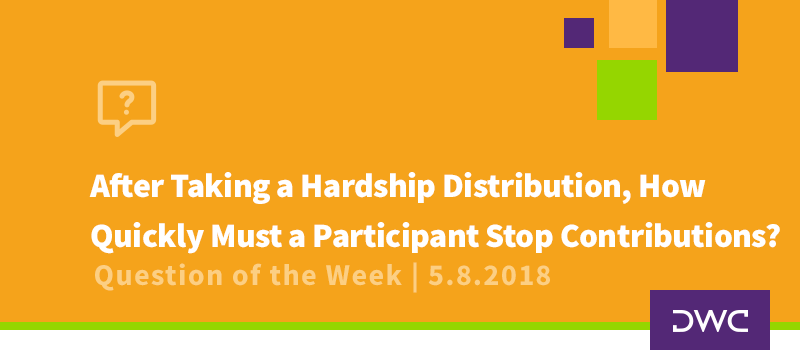Earlier this week, the House of Representatives passed SECURE 2.0. The bill (actual name is Securing a Strong Retirement Act of 2022) passed by the nearly unanimous margin of 414 to 5. It doesn’t get much more bipartisan than that!
Here is a quick list of some of the key provisions.
- Increases catch-up contribution limit to $10,000 (indexed for inflation) at age 62
- Mandates automatic enrollment for 401(k), 403(b) and SIMPLE plans
- Treats student loan payments as deferrals for purposes of making company matching contributions
- Increases tax credit for startup plans
- Creates new credit to encourage company contributions
- Postpones start date for RMDs from age 72 to 75, gradually over 10 years
- Bumps up cash-out limit from $5,000 to $7,000
- Shortens coverage period for long-term, part-time employees from 3 years to 2 years
- Partially rolls back DOL electronic disclosure rules to require at least one quarterly statement per year to be provided in hard copy.
Now, the Senate must pass it before it can go to the President for signature. Even though that may sound like a fast track, it might be a little early to count those chickens.
If you are getting a sense of déjà vu, it’s not surprising. The “OG” SECURE Act was first introduced in Congress way back in 2014 but wasn’t actually signed into law until December 2019, despite having extremely broad bipartisan support. One of the primary reasons was that there were some other big-ticket items before Congress during those interim years, and partisan wrangling around completely unrelated topics derailed attempts to pass what they could agree upon.
Even when SECURE did pass, it was not as a stand-alone bill. It was tacked on at the last minute to a much broader “must pass” spending bill. It is questionable whether it would have ever gotten through on its own had it not been a “sidecar”.
So, what’s next for SECURE 2.0? The Senate could pass the exact version passed by the House. It would then go to the President to sign into law. Though we don’t have a crystal ball, this seems pretty unlikely to us, if for no other reason than that a separate piece of retirement legislation has already been introduced in the Senate. If they combine the two bills or modify what the House passed in any way, the two chambers would have to work through the differences, and both pass the resulting bill before sending to the President.
All of that could certainly happen; however, much like the days of yore when OG SECURE was first introduced, there are a few other big-ticket things going on – the war in Ukraine, a Supreme Court confirmation vote, additional COVID funding, upcoming January 6th Commission hearings, and mid-term elections, just to name a few. Regardless of where any of us fall on the political spectrum, we can probably all agree that those items are quite contentious.
Will SECURE 2.0 ever make its way through the process to become law? If Congress couldn’t take the easy win of eliminating Daylight Saving Time (despite unanimous approval in the Senate and widespread support among voters), we are skeptical. Maybe we’re just jaded from seeing this story play out too many times in the past. Time will tell, and then we will tell you.


















